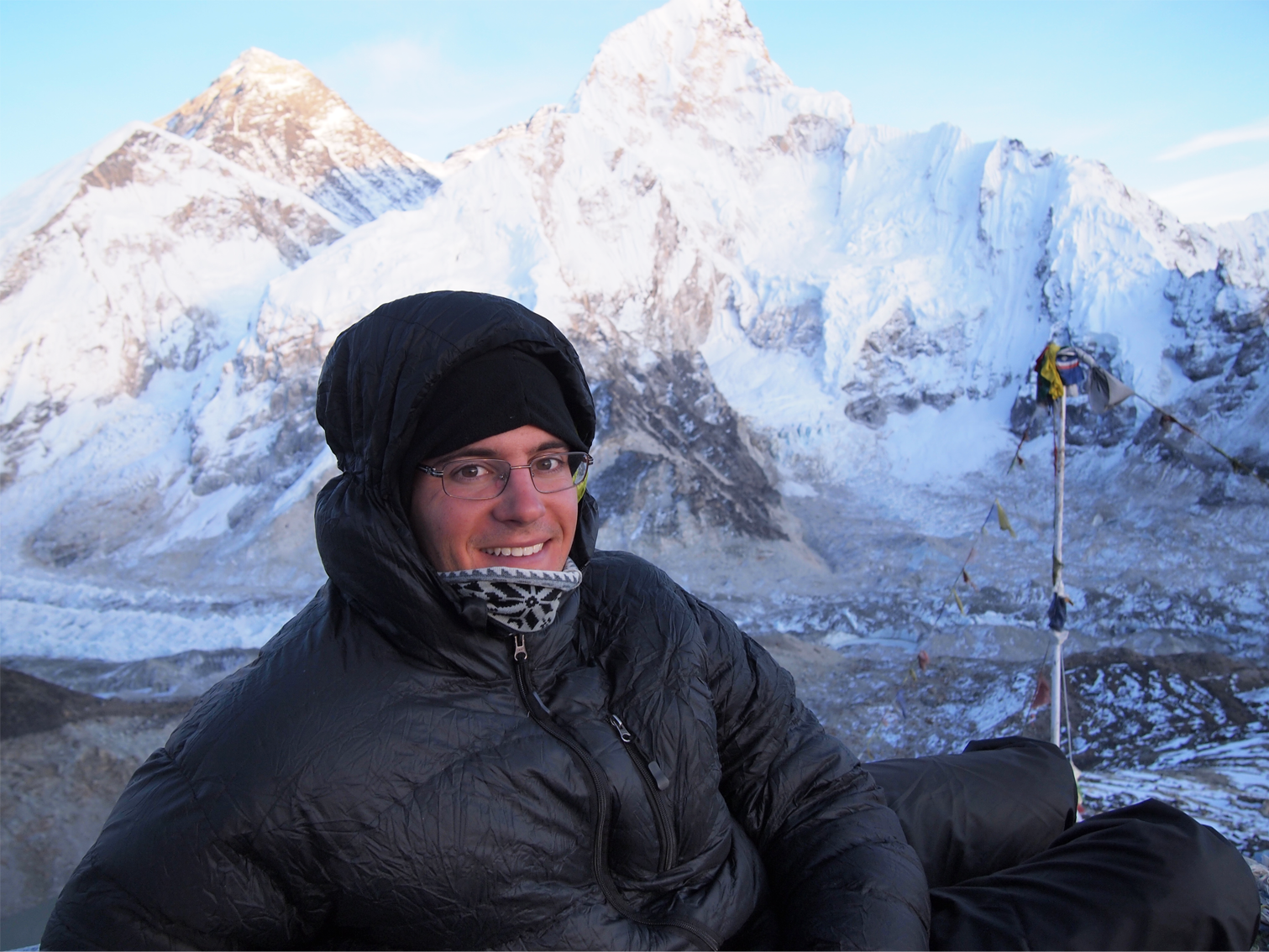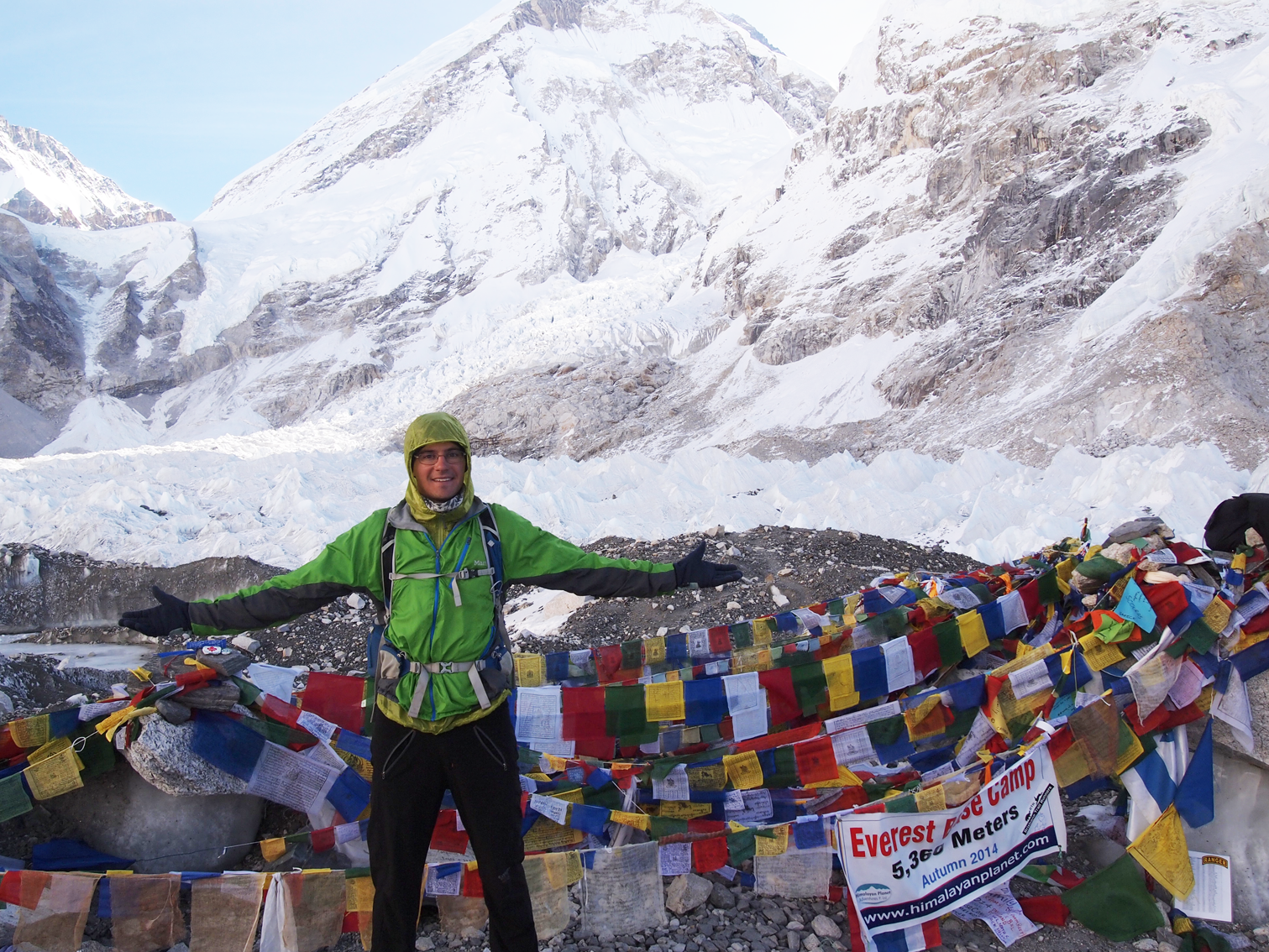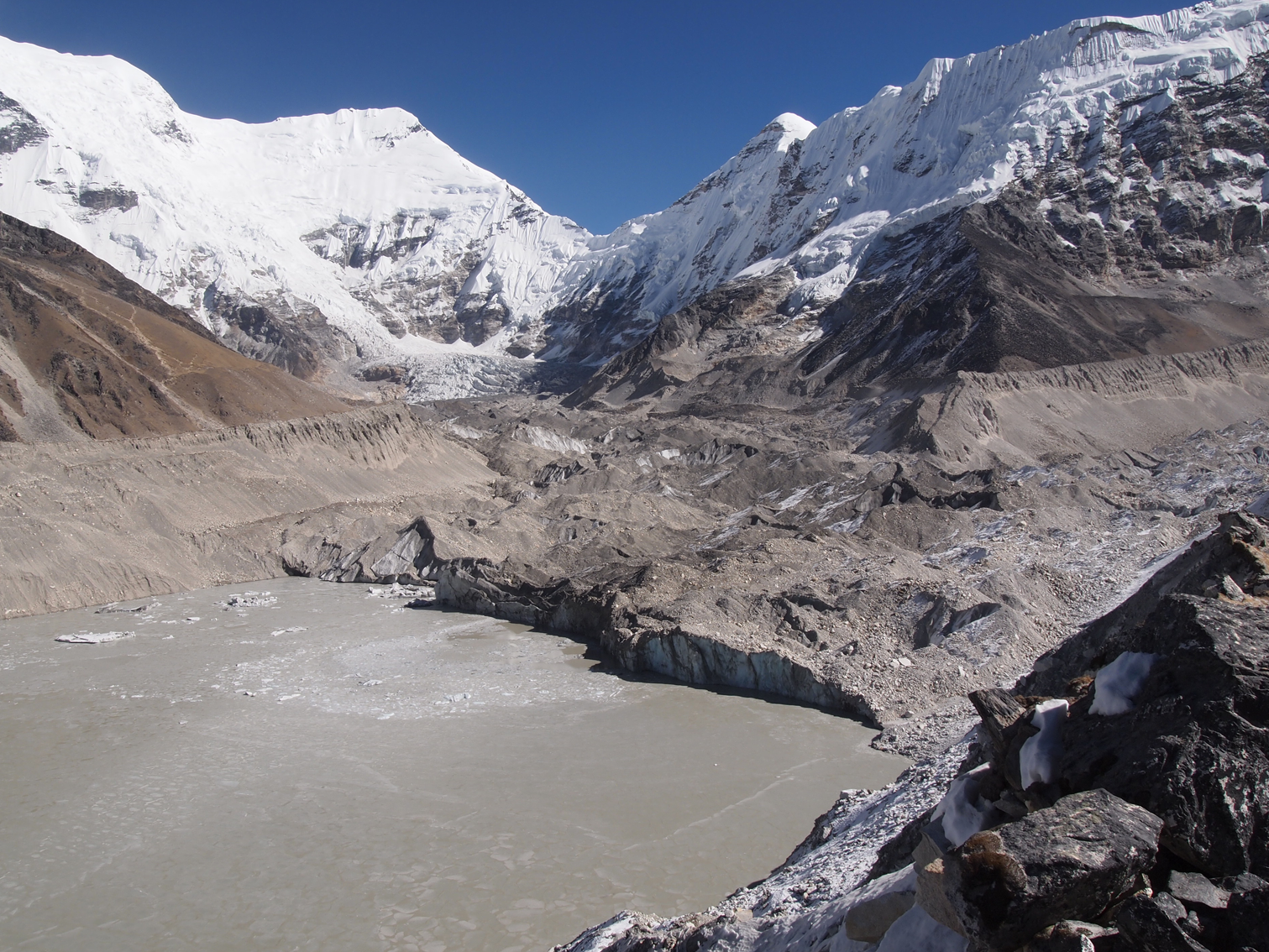Revising glacier projections
Research performed in collaboration with partners around the world significantly changes our understanding of glacial debris cover and its effect on glacial melt.

Source: David Rounce
About seven percent of the world’s glaciers are covered in debris such as rocks or gravel. As climate change continues to shift glaciers and the surrounding terrain, more debris adds to the expansion of these debris-covered glaciers, or “dirty glaciers.”
Despite covering a significant portion of the world’s ice, the effects of changes in global temperature on these debris-covered glaciers have, to date, been poorly understood. Climate scientists have little knowledge of the thickness of this debris cover—and by extension—the effect of debris thickness on how these glaciers melt at large scales.
However, Carnegie Mellon’s David Rounce, an assistant professor of civil and environmental engineering, has created the first global estimates of debris thickness for dirty glaciers. In doing so, he and his fellow researchers made findings that will change the way scientists understand glacial melt.

Source: David Rounce
Research has shown that a thin layer of debris can increase melt rates, while a thicker layer can help insulate ice and lower melt rates. However, the net effect for glacial melt in climate modeling has been a mystery. By modeling debris thickness across the globe and comparing thickness to melt rate, Rounce’s team has created the first regional melt estimates that account for these differentiations in glacier type, with major implications for glacier projections.
Debris-covered glaciers are prevalent in areas of high elevation such as Eurasia and Alaska. For a region like central Europe, where ice has been melting at a rate of 90 centimeters per year, Rounce found models would overestimate glacier melt by 20 cm per year if they do not account for this debris. For the Himalayas, where glaciers have been melting at an average of 44cm annually, models would overestimate melt by 26 cm per year—a 27 percent difference.
Debris cover also leads to significant differences in ice dynamics compared to clean glaciers. The debris insulates the glacier, thereby preserving ice at lower elevations. While clean ice glaciers would simply retreat to higher elevations, debris-covered glaciers remain at lower elevations where they’ll continue to melt slowly. This affects both the way glaciers move, as well as the underlying topology of the land. For instance, as the glaciers slowly melt at lower elevations, they may form supraglacial lakes and become flood hazards.

Source: David Rounce
The debris on these glaciers comes from the glacier scraping the ground as the ice moves and slowly transporting it to the surface of the glacier. Movement and melt also causes shifts in the surrounding land that can lead to avalanches and landslides, which deposit more debris onto the top of the glacier. These processes gradually increase the area and volume of debris cover.
Dirty glaciers are one small but growing component of the world’s glacial ice, and can make up 20 percent of the glacier area in the mountainous regions where they’re commonly found. Rounce’s newfound understanding of the effect of debris cover on these dirty glaciers is vital for our future understanding of glacial melt and how it will be affected by our changing climate.
Sensing data for this research was contributed by researchers from University of Alaska Fairbanks; University of Oslo, Norway; Ulster University, UK; Université Grenoble Alpes, France; Friedrich-Alexander-Universität Erlangen-Nürnberg, Germany; University of Innsbruck, Austria; University of California, Irvine; and University of Washington, Seattle.
